What do we know about birth match?
A few jurisdictions are using birth match as a data-based strategy to predict future risk and harm of infants, but ethical tensions exist.
A few jurisdictions are using birth match as a data-based strategy to predict future risk and harm of infants, but ethical tensions exist.
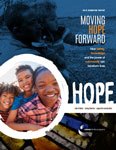
Our 2018 signature report explores how communities are building hope for children and families though innovation, knowledge and shared commitment.
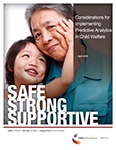
This brief highlights considerations for child welfare agencies as they engage in predictive analytics.
This information packet helps in selecting and implementing child screening and assessment tools to inform case decision-making.
This information packet provides an overview of the tools tribal child welfare agencies use to assess safety of the children in their care.
Hotline systems provide the first contact between the public and the child protection agency; this strategy brief outlines key elements.
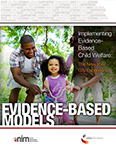
This report describes the New York City Administration for Children’s Services experience incorporating 11 evidence-based and evidence-informed practice models into its continuum of preventive services.
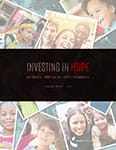
Our 2016 signature report marks Casey Family Programs’ 50th anniversary and reflects on the urgent need for a collective effort to build Communities of Hope.
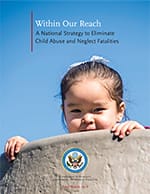
The committee, jointly appointed by President Obama and Congress, developed a national strategy and recommendations for keeping more children safe from harm.
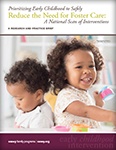
This research brief highlights practice elements that contribute to effective programs for parents and young children involved with child welfare systems.